 France’s Minister of Environment Ségolène Royal has officially opened the world’s first solar road this week with one kilometer and 2,880 solar panels in Tourouvre-au-Perche. Now the country is waiting to see if the road, built with construction company Colas‘ Wattway technology, will live up to the hype surrounding the clean energy experiment. The road is designed to produce sufficient power to electrify street lighting in the 3,400-person village.
France’s Minister of Environment Ségolène Royal has officially opened the world’s first solar road this week with one kilometer and 2,880 solar panels in Tourouvre-au-Perche. Now the country is waiting to see if the road, built with construction company Colas‘ Wattway technology, will live up to the hype surrounding the clean energy experiment. The road is designed to produce sufficient power to electrify street lighting in the 3,400-person village.
France bet big on what they say is the first solar panel road in the world, shelling out 5 million Euros, around $5.2 million, for construction. Resin including five layers of silicon covers the solar panels to ensure their resilience against damage. Wattway said they expect the solar panel road will produce 280 megawatt hours of power annually, with daily production varying depending on weather. The company also said they anticipate 767 kilowatt-hours (kWh) each day, with electrical output even 1,500 kWh a day during the summertime.
The new solar panel road will be tested for two years with lifespan and output being the two main factors to consider. Wattway Director Jean-Charles Broizat seemed cautiously optimistic in a statement: “We are still on an experimental phase. Building a trial site of this scale is a real opportunity for our innovation. This trial site has enabled us to improve our photovoltaic panel installing process as well as their manufacturing, in order to keep on optimizing our innovation.”
But not everyone is thrilled about the solar panel road. Some people think the government spent too much money. The Guardian translated Network for Energetic Transition vice president Marc Jedliczka’s comments to Le Monde: “It’s without doubt a technical advance, but in order to develop renewables there are other priorities than a gadget of which we are more certain that it’s very expensive than the fact it works.”
France’s ultimate goal is to cover 1,000 kilometers of roadways with solar panels.
Source: inhabitat.com


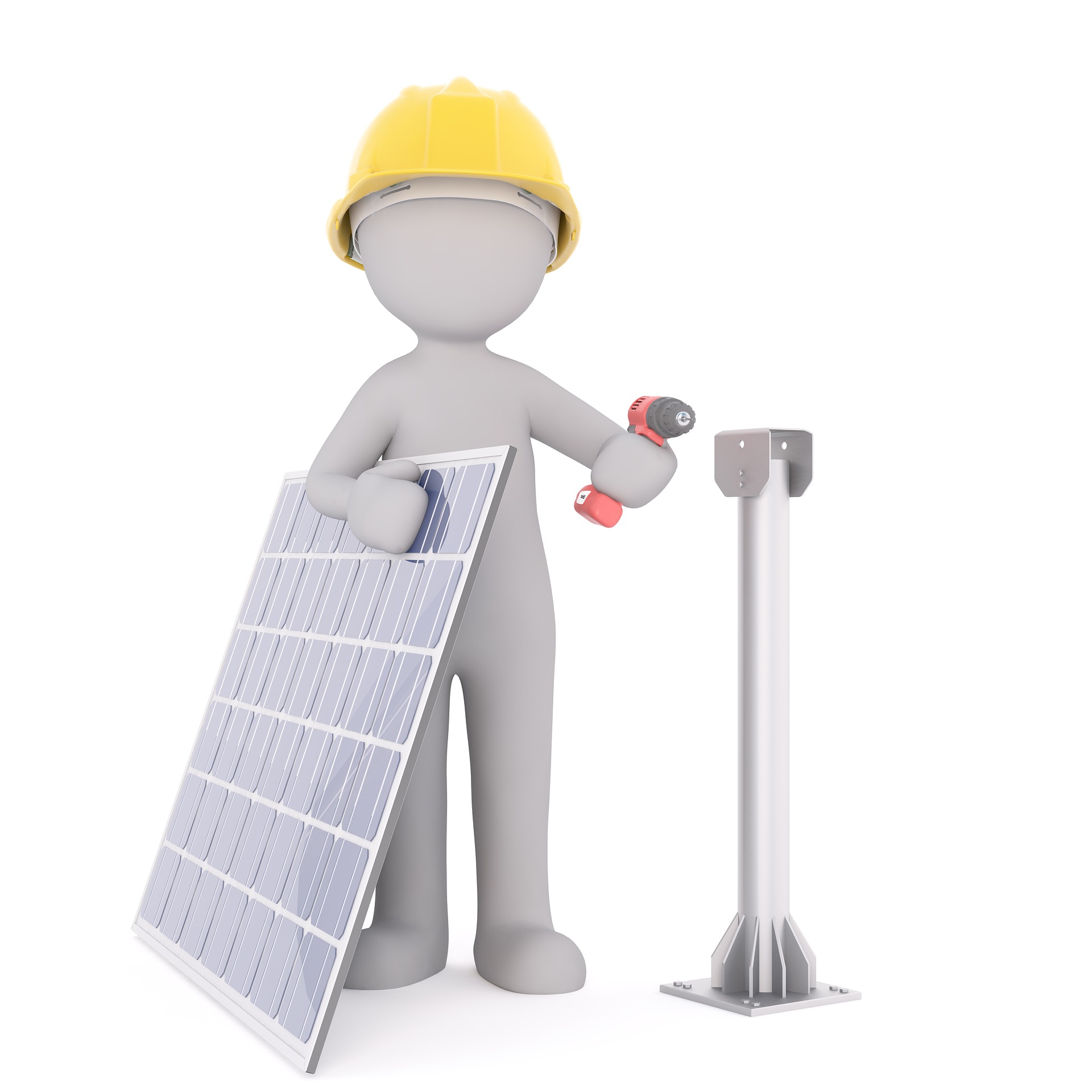
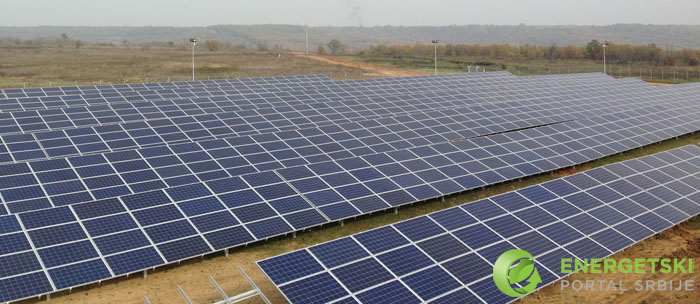
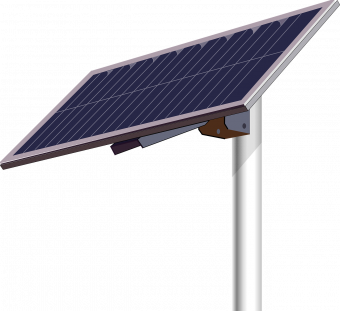
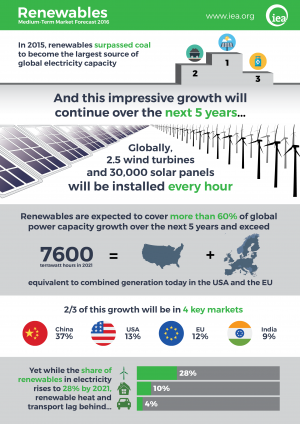
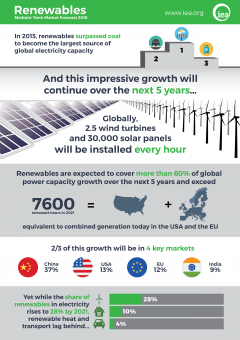 The International Energy Agency said today that it was significantly increasing its five-year growth forecast for renewables thanks to strong policy support in key countries and sharp cost reductions. Renewables have surpassed coal last year to become the largest source of installed power capacity in the world.
The International Energy Agency said today that it was significantly increasing its five-year growth forecast for renewables thanks to strong policy support in key countries and sharp cost reductions. Renewables have surpassed coal last year to become the largest source of installed power capacity in the world.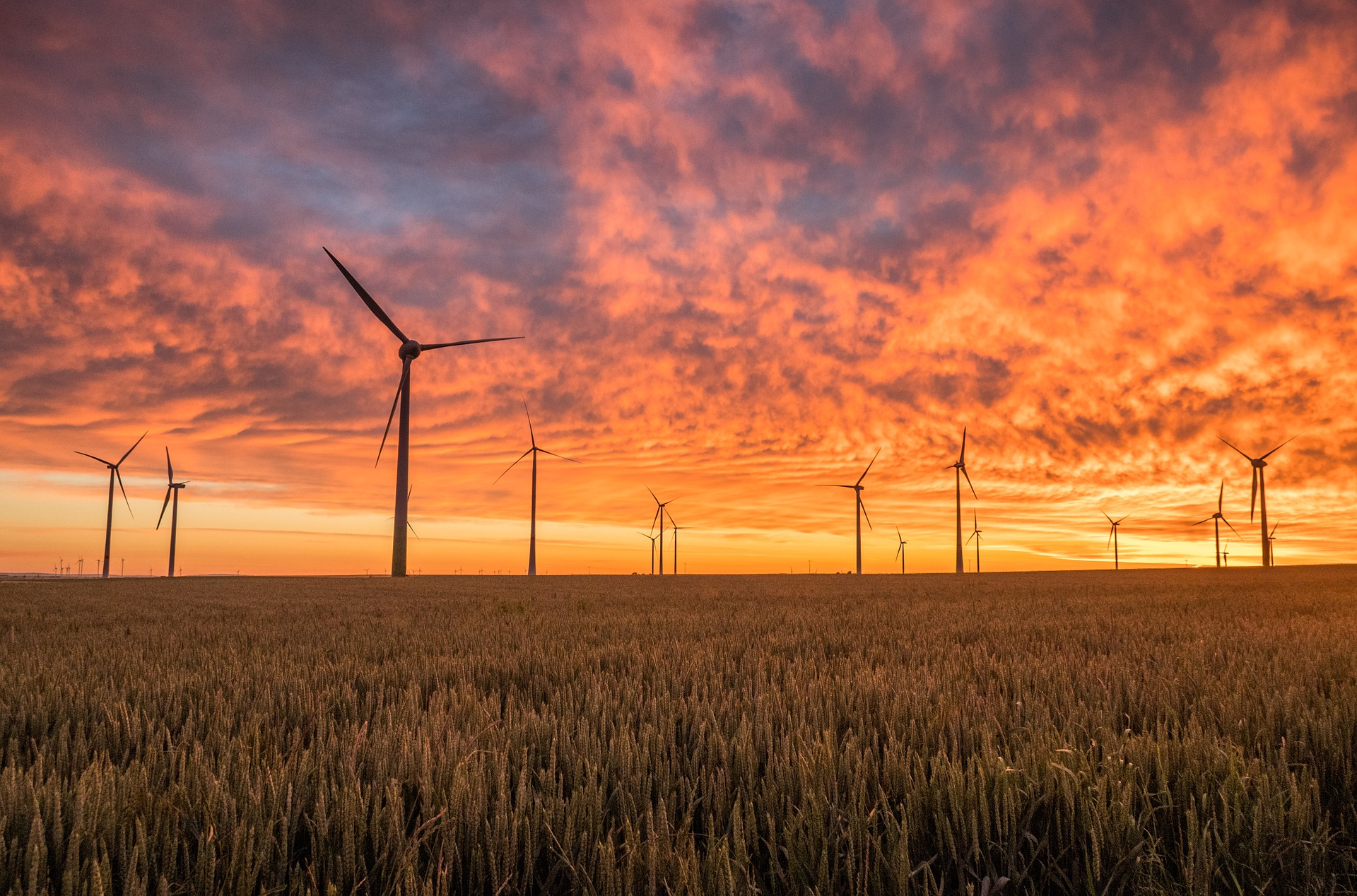
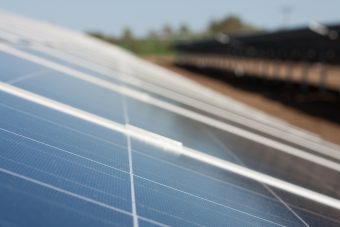
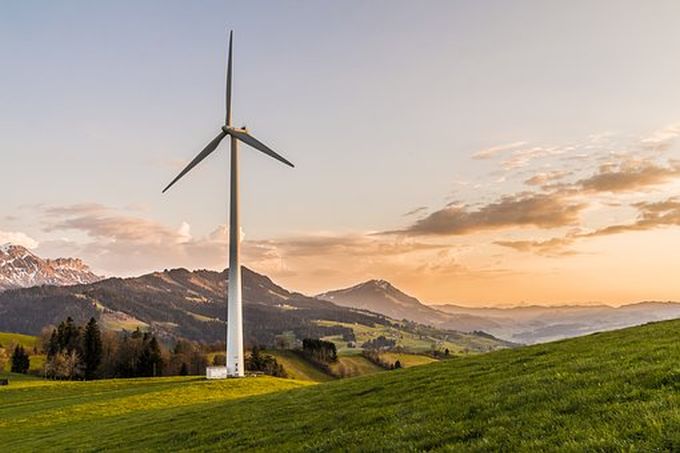
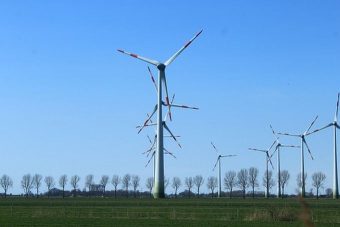

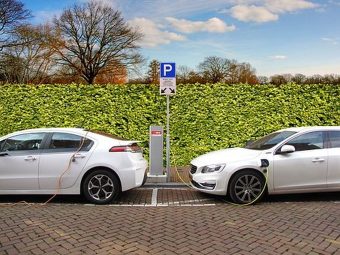
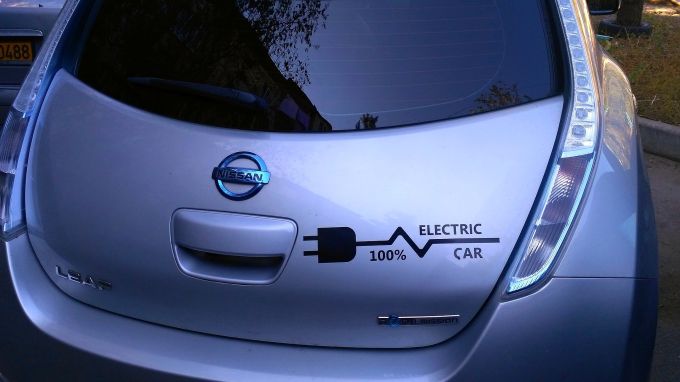
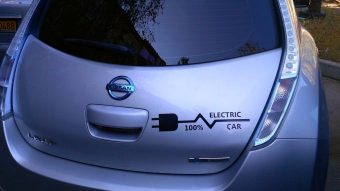


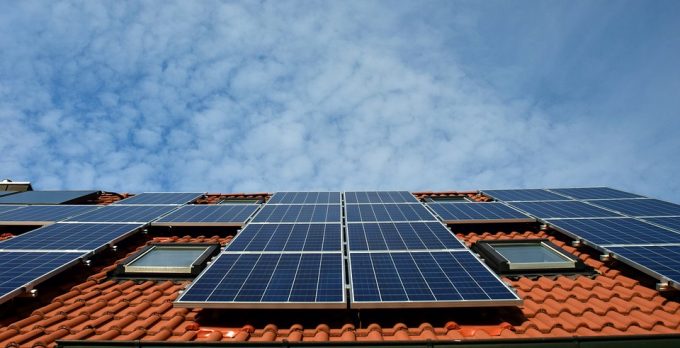
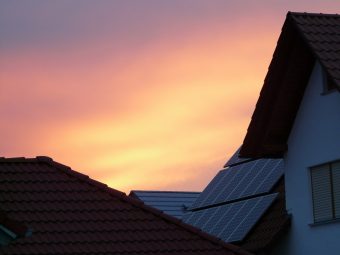
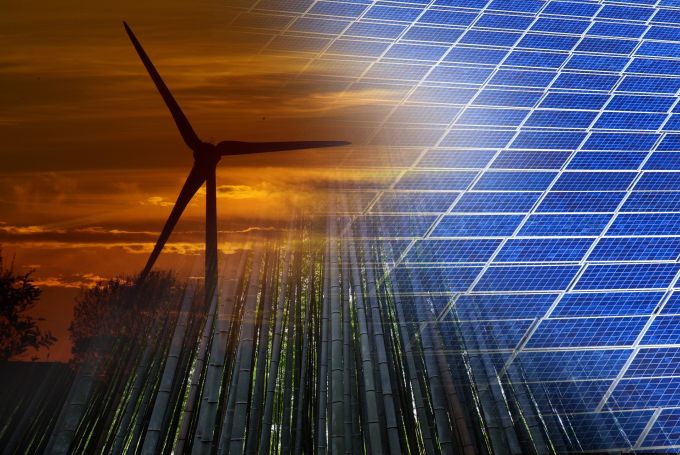
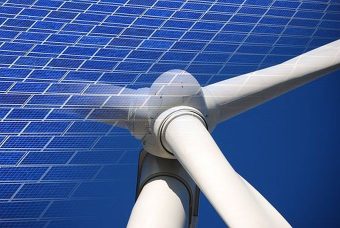




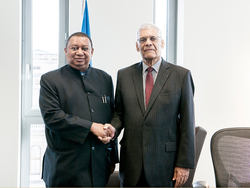


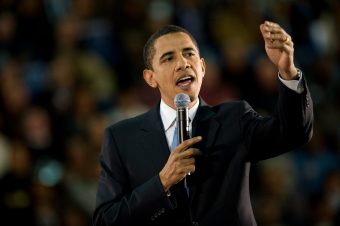

 ABB’s smart sensor, a new condition monitoring solution, connects low-voltage (LV) motors with the twenty-first century. The smart sensor monitors and provides vital motor performance intelligence that helps improve uptime, extend motor lifetimes, and increase machine performance and productivity. It enables motors to be integrated into ABB’s expanding Internet of Things, Services and People (IoTSP) concept.
ABB’s smart sensor, a new condition monitoring solution, connects low-voltage (LV) motors with the twenty-first century. The smart sensor monitors and provides vital motor performance intelligence that helps improve uptime, extend motor lifetimes, and increase machine performance and productivity. It enables motors to be integrated into ABB’s expanding Internet of Things, Services and People (IoTSP) concept.